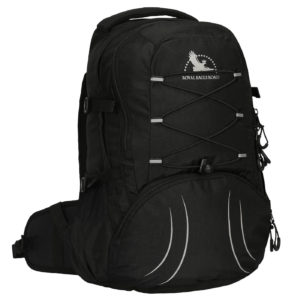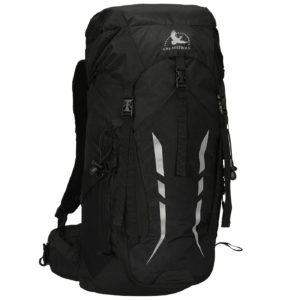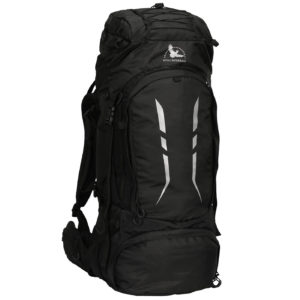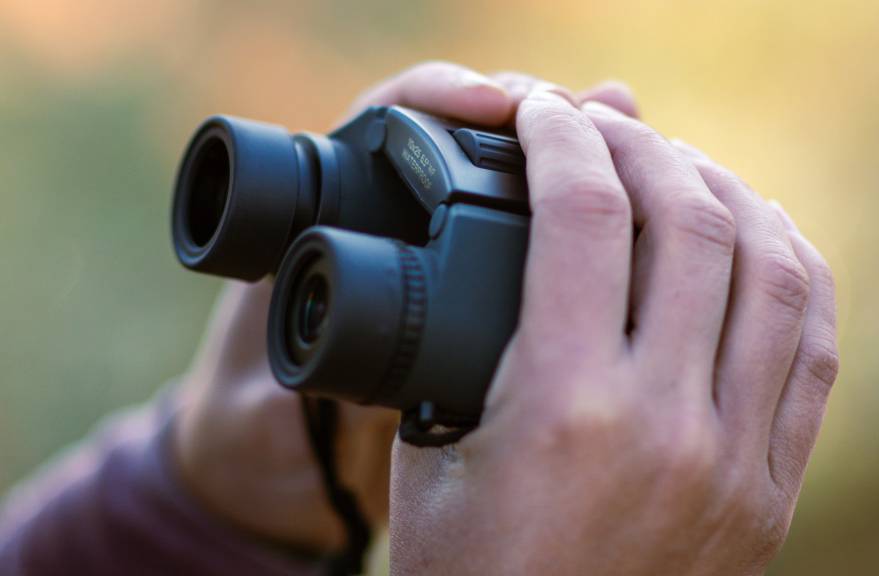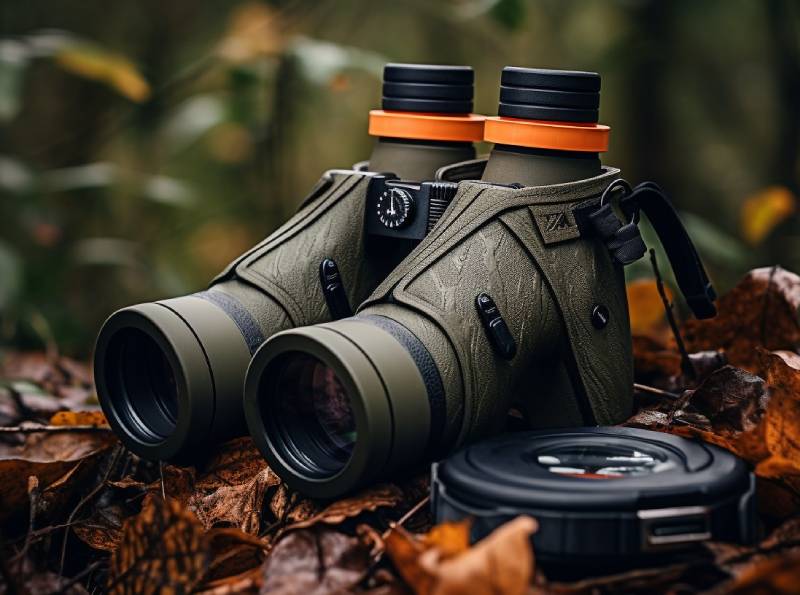Choosing the right backpack for hiking or travel is an important process. It will be your companion, so versatility and adaptability to your needs are fundamental.
Not all backpacks are the same so it is important to keep in mind these questions before buying one.
- What will your backpack use for? Are you looking for a specific backpack for hiking, for trekking, for travel or do you prefer to find one that fits most of your adventures?
- When and where are you going?
- How long will your excursions or your trip be?
Once these three points are clear, we can go on with the guide on how to choose the backpack suitable for your needs and consider the main features.
DIFFERENT TYPES OF BACKPACK: USER GUIDE
The first point to consider is the use of the backpack.
- DAYPACK: They are light and small backpacks with a simple design generally used for day trips.
- HIKING and TREKKING: Hiking and trekking backpacks have variable dimensions and designs. The trail influences the choice of the shape of the backpack: for excursions on tourist paths, a compact backpack can be fine. Different story for hard trails. When walking in the vegetation, a long-shaped backpack reduces the risk of getting caught in the branches and increases the balance of the body.
- MOUNTAINEERING and SKI-MOUNTAINEERING: Backpacks for mountaineering and ski mountaineering are very similar. They are compact, without pockets on the sides to prevent the risk of getting stuck between the rocks. There are equipment loops and hooks (for example for crampons, ropes, ice axe and trekking poles). In the case of ski mountaineering backpacks, there are external compartments for carrying shovel and straps for tying skis.
- CLIMBING: Climbing backpacks are long and cylindrical-shaped to be compact and adhere perfectly to the back during movements. These backpacks are equipped with loops for equipment, hooks for ropes and carabiners.
- SPORT: Sports such as cycling and running require backpacks that fit snugly on the back.
- MOTORCYCLING: Motorcycling also requires excellent adherence to the back and these types of backpacks contain protection in the event of a collision.
- TRAVEL: The backpack for travel is a matter of opinion. Generally, these backpacks have few accessories and a good-looking aesthetic appearance. Some versions have a total opening and wheels as suitcases.
- MILITARY: Tactical backpack is used in the military. Usually it has a rather square shape, numerous compartments and loops sewn externally to fix accessories.
There are other models that do not fall into the actual category of backpacks but can be used for very similar purposes:
- DUFFLE BAG: Generally used for the gym, the bag has is cylindrical-shaped and some models have adjustable shoulder straps just like a backpack. The design is not suitable for long walks as it may prove uncomfortable on the shoulders and back.
- SUITCASE BACKPACK: This type of backpack has a rather square shape, zippers around the entire surface, wheels and a more rigid structure compared to other types of backpacks.
- WATERPROOF BACKPACK / DRY BAG: Cheaper than the previous backpacks and the typical feature is the waterproof fabric that insulates the contents inside. Suitable for water sports and winter sports.
HOW TO CHOOSE THE RIGHT VOLUME OF THE BACKPACK
The volume of a backpack is indicated in liter, this is a standard form that the manufacturers use to measure the space available inside.
The choice of the volume depends on personal habits, the duration of the excursion or the trip and the climate. A backpack for winter excursions will be more capacious to hold bulky clothes and equipment compared to a backpack used in summer.
A universal classification doesn’t exist as the volume of the backpack depends on all these variables.
We can suggest how to choose a backpack based on the duration of the excursion or the trip in an approximate way:
- 15 – 35 liters: Small backpacks that can be used for day trips.
- 30 – 50 liters: Medium-sized backpacks suitable for excursions and trips that require an overnight stay of 1 – 2 nights.
- Over 55 liters: Large backpacks suitable for excursions and trips that go beyond a week.
DIFFERENT TYPES OF BACKPACK OPENINGS
The position of the opening is different in every backpack. How to choose a backpack according to the opening:
- TOP OPENING. Backpacks with upper opening allow access to the main compartment from above. They can be equipped with lid, drawstrings or rolltop closure. We will talk about the rolltop closure shortly.
- FRONT OPENING. The frontal opening of the backpacks allows direct access to the main compartment. This opening can be combined with the upper opening or substitute it.
- SIDE OPENING. The side opening of the backpack allows access to the main body directly from the side of the backpack. It is an additional form of opening to the upper or frontal ones. Practical for reaching some side points of the main compartment without extracting all the things from above.
- DRAWSTRING. The openings with the drawstring are mainly used in hiking backpacks and the models equipped with a lid. They often replace buckles and zipper openings.
- ROLLTOP. The rolltop closure is typical of waterproof backpacks (like our dry bags) to ensure an airtight closure of the internal contents without having zippers and drawstrings. The upper part can be rolled up on itself and closed with a buckle. Rolltop closure backpacks are ideal for water sports and outdoor. This is also because it’s possible to adjust the height of the backpack (and consequently the closure) according to the things stored inside.
- LID. Most trekking backpacks have a lid to cover the upper drawstring opening. It can be detachable or fixed. Depending on the models, the lid can have one or two pockets. For example, our Himalaya 65 liter is equipped with internal and external pockets, an external elastic cord for storing clothing and can be removable. The practicality of the lid is also the possibility of loosening the straps and inserting underneath sleeping bag, sleeping pad or other equipment. This is a extendable lid.
FEATURES TO CONSIDER WHEN CHOOSING A BACKPACK
After considering the use and volume of the backpack, let’s move on to the features that make the backpack suitable for our needs. How to choose a backpack? We know that not all models are the same, choosing shape, fabrics, specific characteristics depend on what we are searching.
Choosing a suitable backpack does not mean following the trends of the moment, but being able to meet your travel, hiking or trekking needs. In general, the aspects you should consider are:
RESISTANT MATERIAL. The trekking backpacks are made with lightweight and resistant fabrics designed specifically for the needs of hikers. These fabrics find the right compromise between weight and good quality. The material of the bottom is generally more resistant to protect it from scratches and water infiltrations when the backpack is on the ground.
WATERPROOFNESS. The waterproofing of a backpack is another aspect to consider as rains and thunderstorms can be frequent during excursions. All our backpack are waterproof and our Santiago 45 liter and Himalaya 65 liter include a rain cover placed in the pocket on the bottom to ensure greater protection in case of bad weather.
PADDING. The padding is essential, especially on the backrest, on the shoulder straps and on the lumbar belt. It cushions the load on our body so the backpack is comfortable to carry even after several hours.
STRAPS AND HIP BELT. In large backpacks, it is essential to have straps and a hip belt as they perform specific functions.
The backpack should have load straps to adjust the position and pressure of the backpack on the shoulders. Compression straps are fundamental to tighten the pack and the chest straps help to keep the shoulder straps in a stable position. The hip belt is essential in outdoor backpacks as it transfers the weight along your hips and reduces the reassures on your shoulders. It also keeps the backpack close to your body without swinging while walking.
For both an excursion and a trip, straps and belts are key features in a good backpack.

BACKREST. When choosing a backpack, you cannot ignore the backrest. It should have a breathable fabric to leave the back fresh even after hours of use and can adapt to the body shape.
Small backpacks (generally up to 50 liters) have standard and fixed backrests. The situation changes for large backpacks (above 50 liters) as they will be heavier. In this case, you need to make sure that in addition to being padded and breathable, they are also adjustable. The internal rigid frame of these types of backpacks makes it stable on the back and also promotes air circulation.
COMPARTMENTS, OPENINGS AND POCKETS. At first glance, the backpacks can look similar. In reality, they have separated compartments, internal and external pockets in different areas of the backpack.
The main compartment takes up the largest volume inside the backpack and it should be easily accessible. For this reason, the practicality of the backpack can come from the double opening. A top access plus and a side or front opening, so as to reach the things at the bottom without taking out everything. To keep the backpack organized, an extendable divider can separate the main compartment according to need, weight and use.
The side pockets are useful for the bottle of water. On the hip belt and on the lid is common to find pockets to keep small items and documents handy.
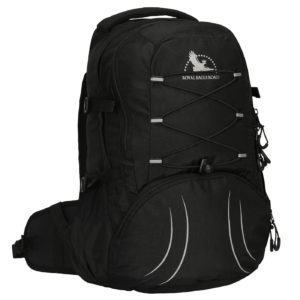
LOOPS AND HOOKS FOR EQUIPMENT. If the choice of the backpack falls on the trekking model in view of excursions, it is essential to make sure that there are hooks to carry the equipment you need. In addition to the features listed above, the backpack needs to have ice axes loops, trekking poles loops, bungee cords, hooks and an internal compartment for the hydration bag.
SHAPE AND VERSATILITY. The shape of the backpack depends on the usage. If you are considering buying a backpack for both hiking and traveling, choose a model that suits both needs rather than buying two different backpacks.
In this case, you could choose a trekking long-shaped model that fits well on your back and also use it for backpacking trips.
Royal Eagle Road team has chosen to give the backpacks all the typical characteristics of the outdoors and choose a neutral color that is also suitable for travel. We added reflective strips to ensure visibility when traveling in poorly lit areas. We have combined the best features of trekking backpacks with the aesthetic appearance of travel backpacks.
Take a look at our backpacks, we ship in Europe!
Royal Eagle Road
Unconventional Exploring
Posts you may like:

